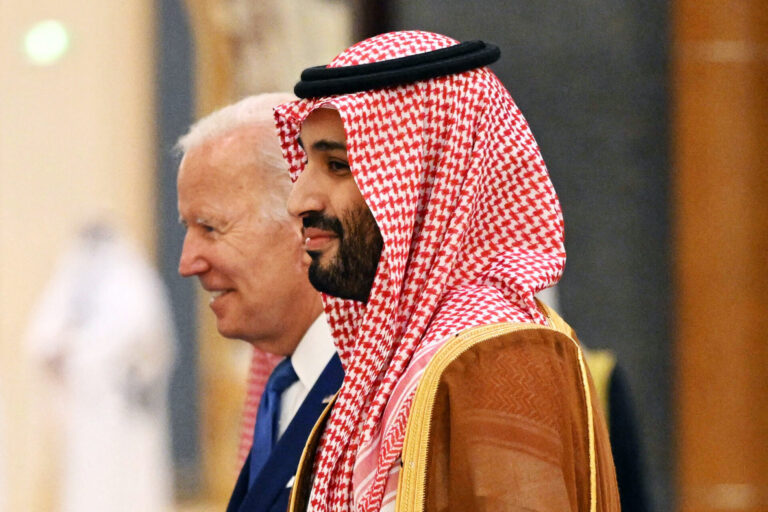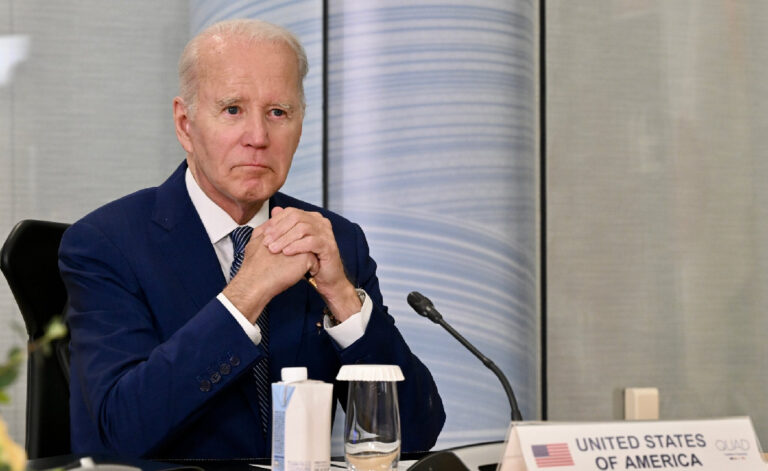While the U.S. has sent the most aid in total dollars, Ukraine’s neighbors are contributing the most on a per GDP basis.
Since Russia invaded Ukraine a year ago, support for Ukraine has poured in from across the world.
As many took to social media to make posts in support of Ukraine at the onset of the invasion, governments got to work figuring out how to send assistance. That aid has reached a staggering 144 billion euros as of Jan. 15, or about $150 billion, according to the Kiel Institute for the World Economy. The group is trying to keep up with all of the commitments in its Ukraine Support Tracker, which keeps tabs on government-to-government transfers of military, financial and humanitarian aid into Ukraine.
The majority of that support has come from the United States, whose aid is valued at 73.2 billion euros, or around $77 billion. Much of that is the U.S. flexing its military might, providing weapons and equipment valued at 44.3 billion euros ($47 billion) – nine times as much as the United Kingdom, the next highest military aid contributor, has sent. That figure is more than ten times the amount the U.S. sent to its biggest recipient of military aid in 2020, Israel, based on an analysis by the Council on Foreign Relations.
Meanwhile, European institutions and countries have committed a combined 54.9 billion euros in aid to Ukraine, with Germany providing the highest amount. For members of the European Union, the Institute estimates their individual commitments by using each country’s contributions to the overall EU budget and shares in the European Investment Bank. Much of that European aid is financial rather than military, most of which is coming in the form of loans and grants. The United States has given the most in grants, valued at 25 billion euros ($26.5 billion).
While big, wealthy countries can afford to provide more in absolute terms, smaller countries are making significant offerings of their own. In fact, relative to each country’s gross domestic product, the countries neighboring Ukraine are providing the most support. Estonia and Latvia have each sent aid totalling more than one percent of their gross domestic product, according to the tracker. Lithuania, Poland and Bulgaria also stand out among the highest by share of GDP. Switzerland, on the other hand, has committed aid totalling only 0.03% of its GDP, the lowest for European countries in the data, while the U.S. has committed 0.37% of its GDP.
Besides the U.S. and Europe, other governments have committed an additional 15.5 billion euros ($16.4 billion). The tracker doesn’t include private donations, or help from international organizations like the Red Cross, due to a “lack of comparable and reliable data,” according to the Institute.
Source figures reported in euros were converted to U.S. dollars by U.S. News using an exchange rate of 1.06 as of Feb. 23.
U.S. President Joe Biden recently met with Ukrainian President Zelensky in a surprise visit to the capital city of Kyiv, signaling a shared resolve on the international stage in the face of the continuing conflict.







